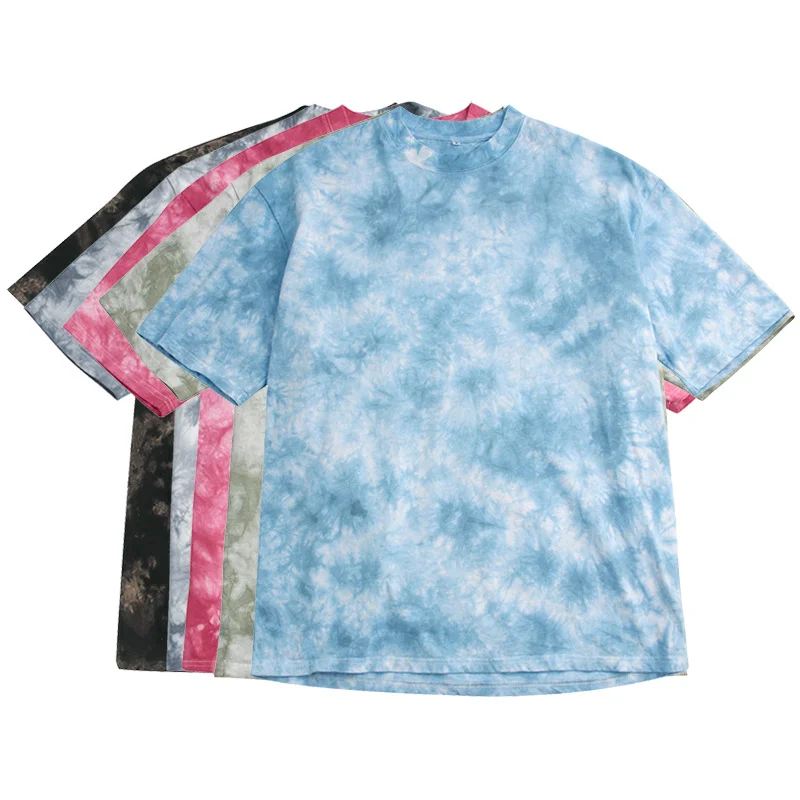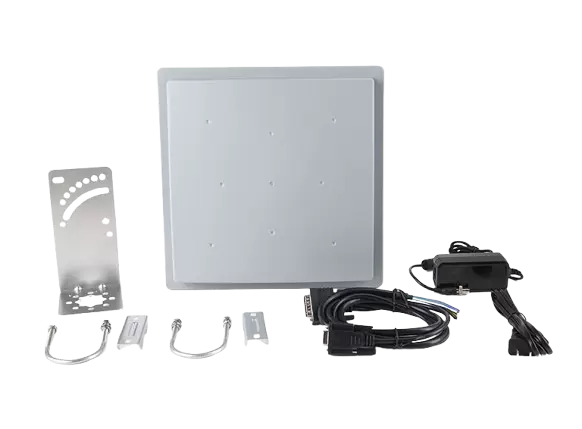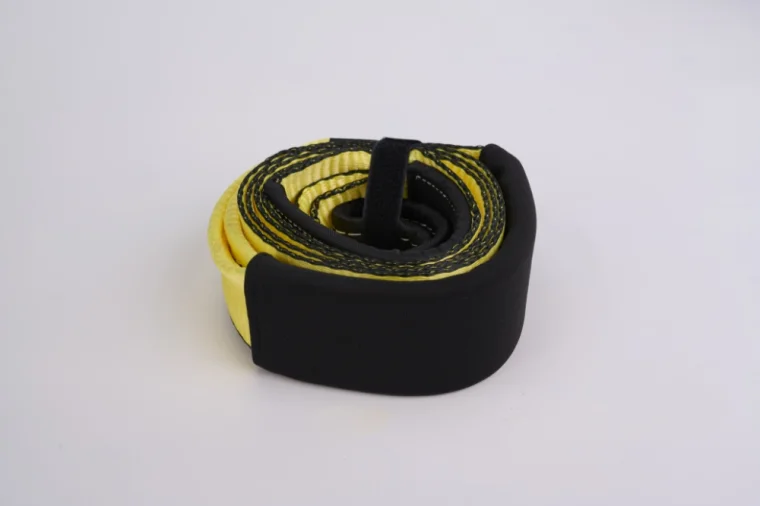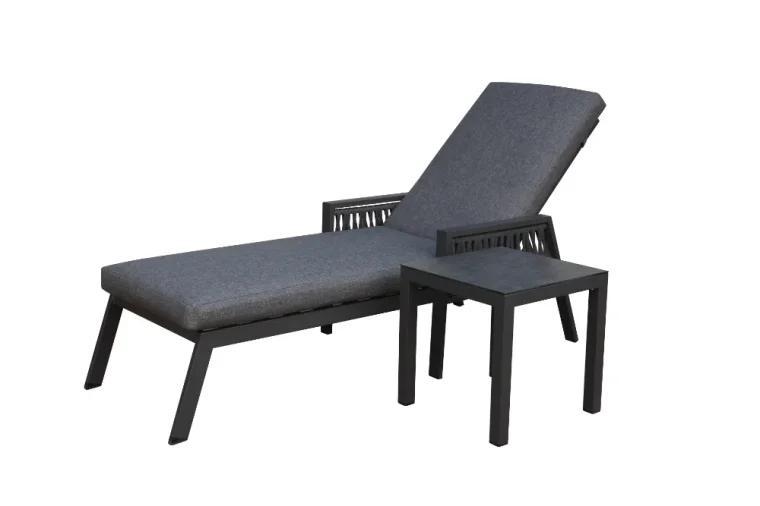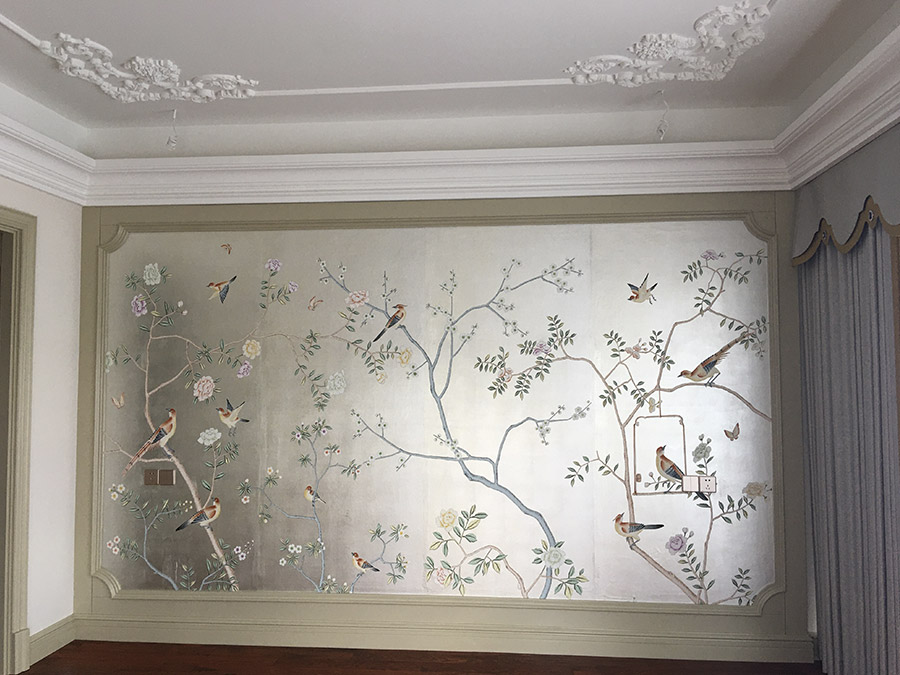Exploring the Distinctive Characteristics of Relief Printing: A Comprehensive Guide
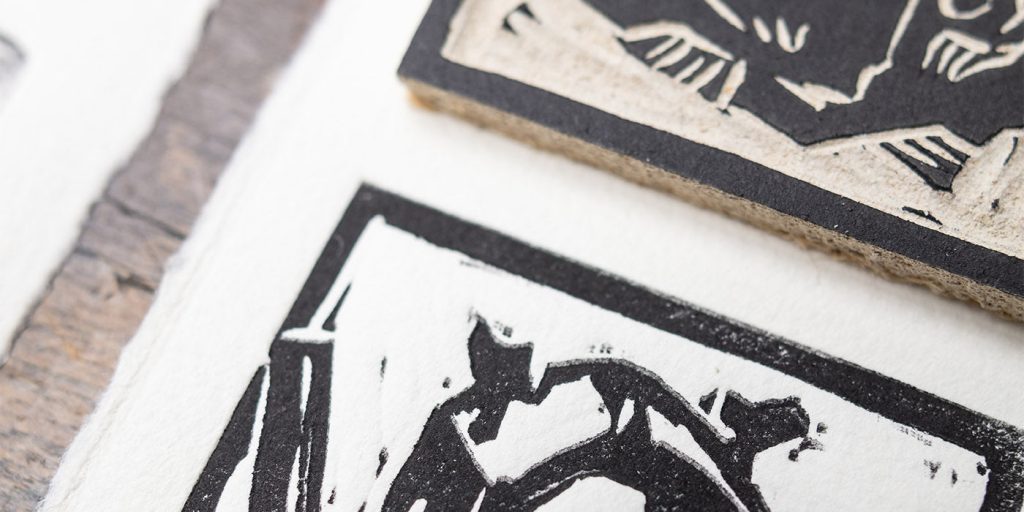
Relief printing, also known as block printing, is a traditional printing technique that has been practiced for centuries. It involves carving a design onto a block of material, applying ink to the raised surface, and transferring the image onto paper or other surfaces. This method offers unique characteristics that set it apart from other printing techniques. In this comprehensive guide, we will delve into the distinctive features of relief printing and explore its applications in various artistic and commercial fields.
- Texture and Depth:
One of the most notable characteristics of relief printing is the texture and depth it imparts to the printed image. The raised areas of the block create a tactile quality that adds visual interest and dimension to the final print. This textural element can be further enhanced by using different carving techniques, such as cross-hatching or stippling, to create varying levels of depth and detail. - Bold and Graphic Results:
Relief printing is renowned for its ability to produce bold and graphic results. The nature of the process allows for sharp lines, crisp edges, and distinct shapes, making it ideal for creating high-contrast images. This characteristic is particularly advantageous in graphic design, where clear and impactful visuals are often desired. - Versatility and Adaptability:
Relief printing can be executed using a wide range of materials, including wood, linoleum, and even synthetic materials like rubber. This versatility allows artists and designers to choose the most suitable medium based on their specific requirements. Additionally, relief printing can be combined with other techniques, such as collage or hand coloring, to create mixed-media artworks with unique textures and effects. - Reproducibility and Editioning:
Another significant characteristic of relief printing is its reproducibility. Once a block is carved, multiple prints can be made from it, ensuring consistency and enabling the creation of limited editions. This feature is highly valued in printmaking, as it allows artists to share their work with a wider audience while maintaining the integrity and value of each individual print. - Historical Significance and Cultural Heritage:
Relief printing has a rich historical background and cultural significance. It has been used for centuries in various cultures around the world, from ancient Chinese woodblock prints to European woodcuts during the Renaissance. This technique has played a crucial role in the dissemination of knowledge, storytelling, and artistic expression throughout history, making it an integral part of our cultural heritage.
In conclusion, relief printing possesses a unique set of characteristics that distinguish it from other printing methods. Its ability to create texture, produce bold visuals, adapt to different materials, facilitate reproducibility, and carry historical significance makes it a valuable technique in both artistic and commercial contexts. Whether you are a printmaker, designer, or art enthusiast, exploring the world of relief printing can open up a realm of creative possibilities.


